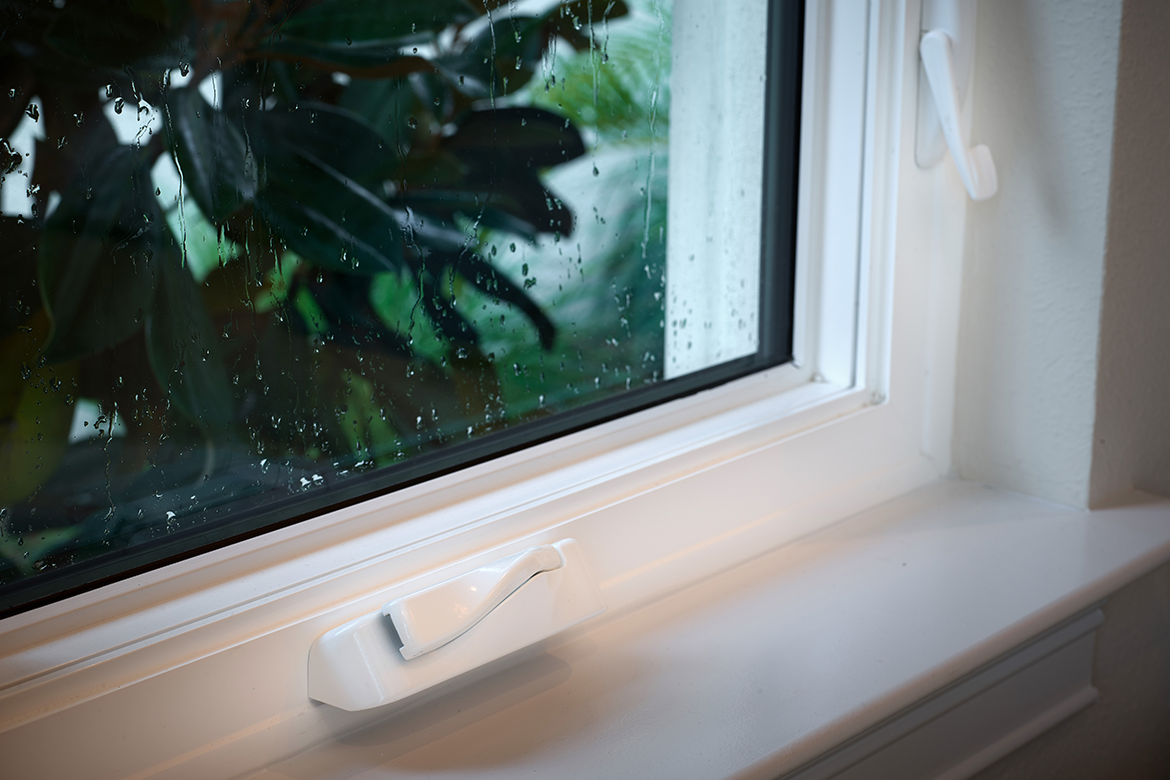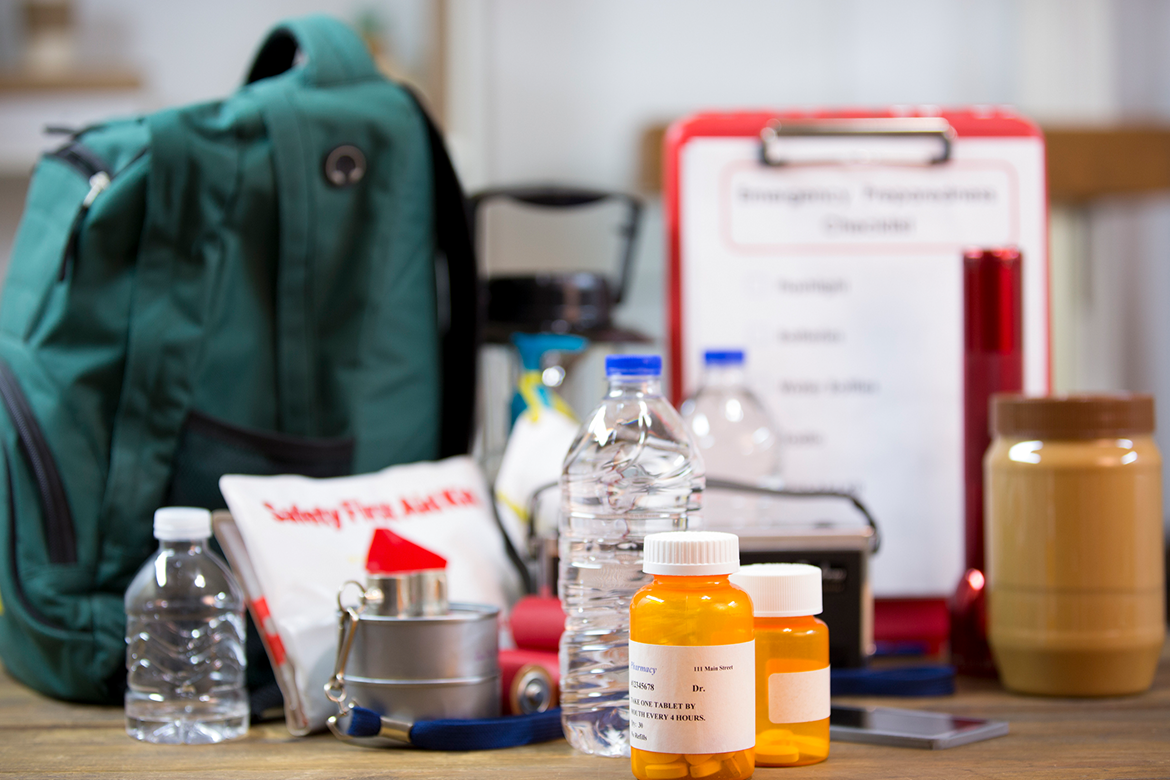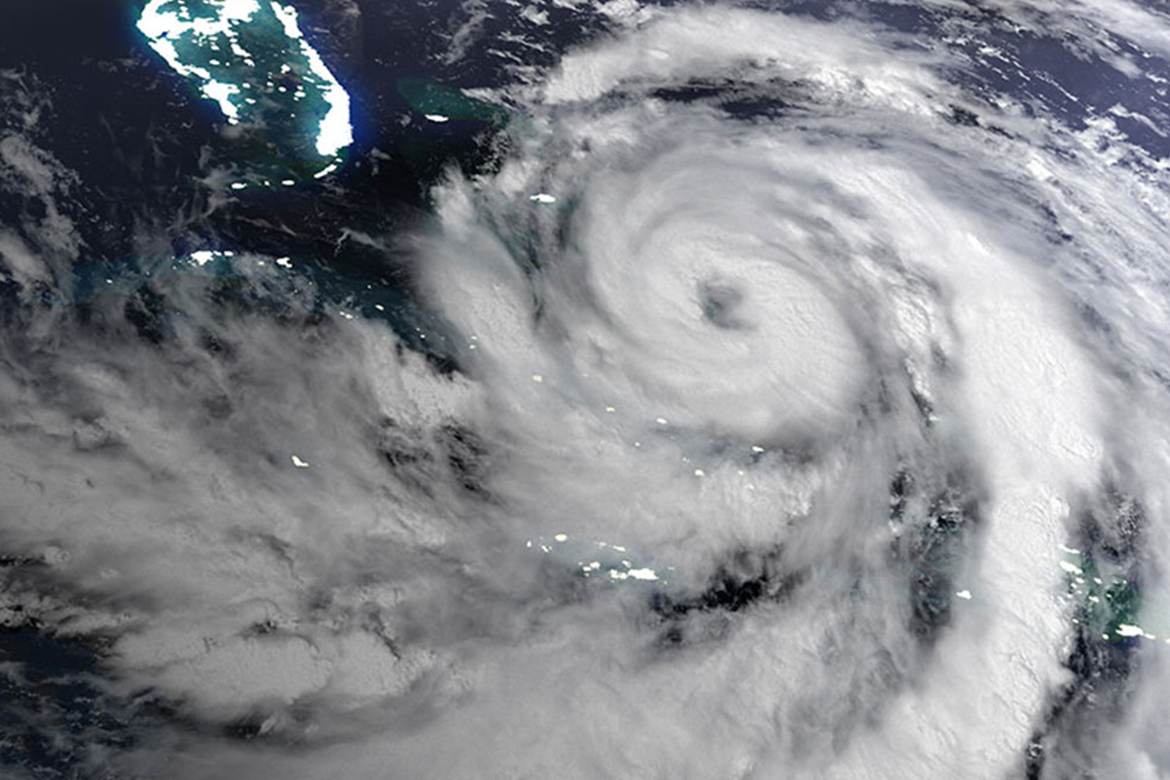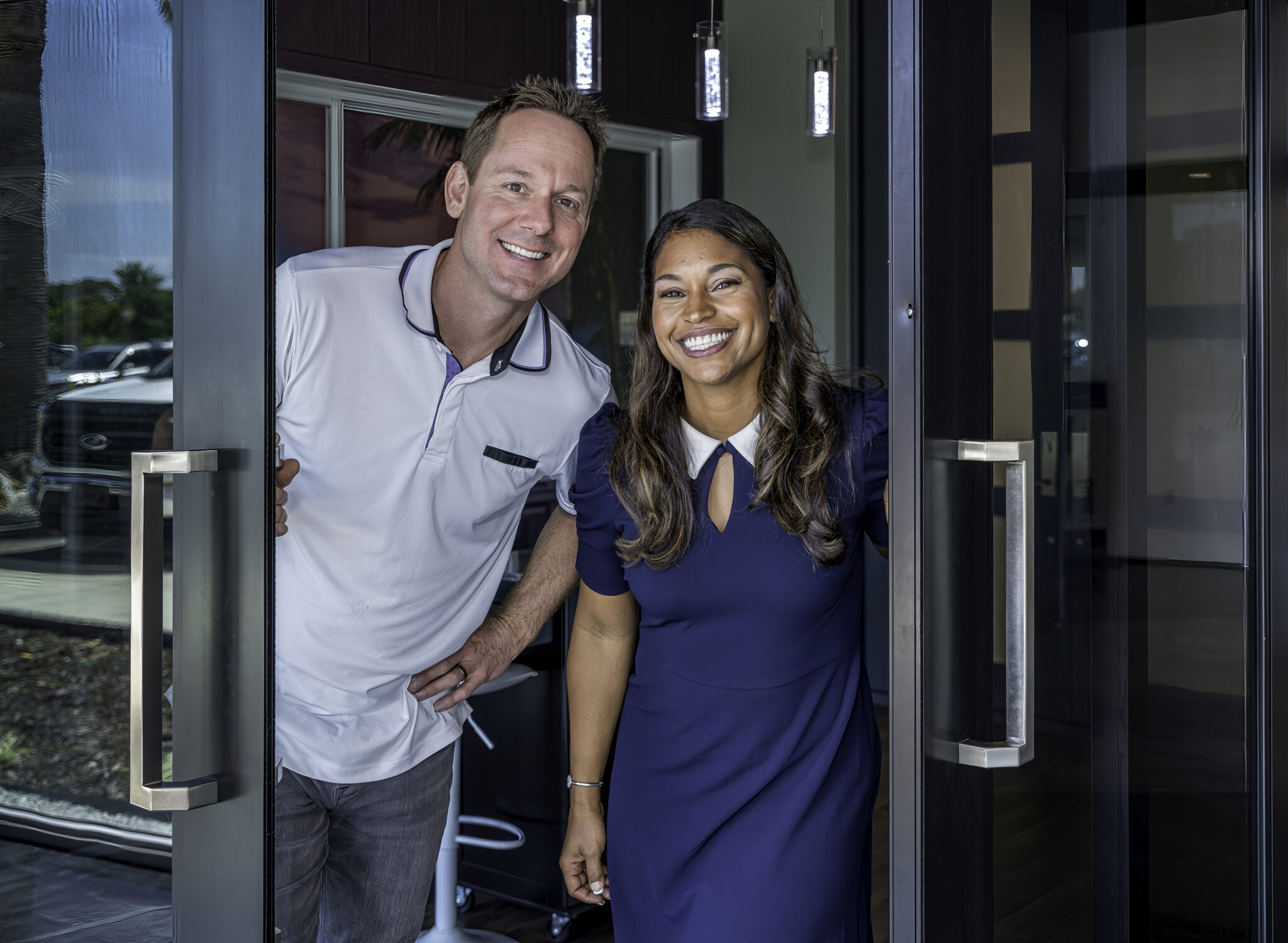Hurricane season will soon be upon us, and it’s best to prepare sooner than later. Storm experts predict the 2021 Atlantic storm season will be more active than usual. Officially, hurricane season runs from June 1 to November 30, though storms can appear outside these dates—and have this year already, beginning with Tropical Storm Ana. Projections suggest there could be 17 or 18 total named storms, with eight of them forming into hurricanes, three of which are expected to become major hurricanes (Category 3 or higher).
Related: Hurricane Safety Guide – What to Do During and After a Hurricane
As history has shown us, the rains and winds that accompany a singular hurricane event can have a substantial impact that lasts years. If you live in a storm-prone region, it’s important to plan ahead of the storm season because June 1 will be here before we know it. By putting more emphasis on passive protection, you’ll be in the best possible position to be storm-ready.
What is Active Hardening vs. Passive Protection?

Featuring our WinGuard® Vinyl Casement Window CA5540
When planning to protect your home and family, there are two primary types of protective material you can use for your home, active hardening and passive protection.
- Active hardening requires immediate action as a storm is imminent. It entails doing things such as putting plywood or shutters on your windows or shoring up your home with sandbags to withstand winds and rising waters.
- Passive protection doesn’t require you to take any immediate action as a storm arrives. For instance, tying down your roof and installing impact-resistant windows and doors before June 1 arrives are good examples of passive protection.
Passive protection is an important strategy when preparing for hurricane season. Planning for disaster before it happens relieves some of the strain.
Strengthen Common Weak Areas of Your Home
The first step to prepare is to tackle the largest job – strengthening the common weak areas of your home. These tasks, called “home hardening,” involve ensuring your windows, exterior doors, roof, and garage door (be sure the latter is wind-rated) are strong enough to withstand a powerful hurricane. Plan to have a professional inspect these areas and make recommendations.
- Inspect windows and doors for cracks. If any are found, have a professional seal them.
- Clear your home’s exterior and put away planters, furniture, toys, and trash receptacles.
- Park your car in the garage if you have one.
Anything that can’t be stowed in a shed or garage, secure by tying them down. Also, don’t forget to cover landscaping rocks to prevent them from going airborne when high winds pass through your area.
Related: 4 Ways to Prepare Your Home for Hurricanes
Advantages of Impact-Resistant Windows vs. Plywood

Featuring our WinGuard® Aluminum Preferred Sliding Glass Door SGD770
Impact-resistant windows are a particular home hardening strategy that offers many tangible benefits over standard glass panes. These windows are specifically engineered to withstand hurricane debris, prevent the buildup of storm-related pressure, and avoid being shattered if struck by an object. This passive form of protection keeps your family safe from harm in the event of a storm.
If you’ve moved into a home and aren’t sure if your windows are impact-resistant, try to see if you can make a determination. You should see a Gold Label, which is a permanent label that identifies who certified it. Codes to look for include TAS 201/203, ASTM E1886/1996, and AAMA 506. You can also try calling the manufacturer.
Dealing with the stress and fear of a storm is bad enough without having to secure your home, gather supplies, and ensure your family is safe. Many people use solutions, such as plywood and shutters, to protect their homes, and these do help. However, they also come with several disadvantages including:
- Having to store them when not being used
- A change in the home’s appearance
- Potentially blocking escape exits in the event of a fire
- Scrambling for plywood (which due to the COVID-19 pandemic continues to skyrocket in price)
Impact-resistant windows also are attractive, offer UV protection and noise reduction.
Pro Tip: Whether you have impact-resistant or standard windows, keep every window and door locked at all times throughout the duration of the storm. Don’t crack a window to “stabilize” pressure.
Related: Types of Window Glass – Know What You Need
Plan for Safety

When planning for severe weather conditions, it’s important to have a primary plan and secondary plans. If your primary plan is to shelter in place, you’ll need to carefully plan for this before the storm arrives. This includes having emergency supplies on hand (see FEMA’s emergency supply checklist), turning off air conditioning, fans, and heat, and hardening up any remaining weak areas. Other preparatory steps include:
- Filling bathtubs with water to flush toilets and other sanitation needs (non-drinkable)
- Filling clean, large containers with safe drinking water
- Fully charging all phones, devices, and portable chargers
- Setting refrigerator and freezer on coldest settings (and plan to open them as minimally as possible)
- Securing propane tanks in safe and easily accessible locations
- Making certain all gas containers are full to run a generator if planning to use one
In severe weather conditions or if local officials anticipate a storm surge, you may need to evacuate. Your evacuation will be smoother if you already have a plan in place. Prior to storm season be sure to establish a rallying point, communication chain, and backup locations in case the primary rally point is unreachable. Be sure everyone knows the plan and give everyone a laminated list of everyone’s contact information. Once a potential hurricane is forming, be sure to fuel up your cars, along with extra gas in a safe container.
Important: Store your assembled emergency kit in an easy to grab bin(s) or duffel bag(s). This way, in the event of an unanticipated evacuation, it’s easily portable.
Planning for the June 1 – November 30 Atlantic Hurricane Season should ideally start sooner than later. Storm seasons vary and, if recent history and predictions are any indicators, you’ll want to do hurricane preparation, keeping in mind, you might potentially experience more than one storm this year.




